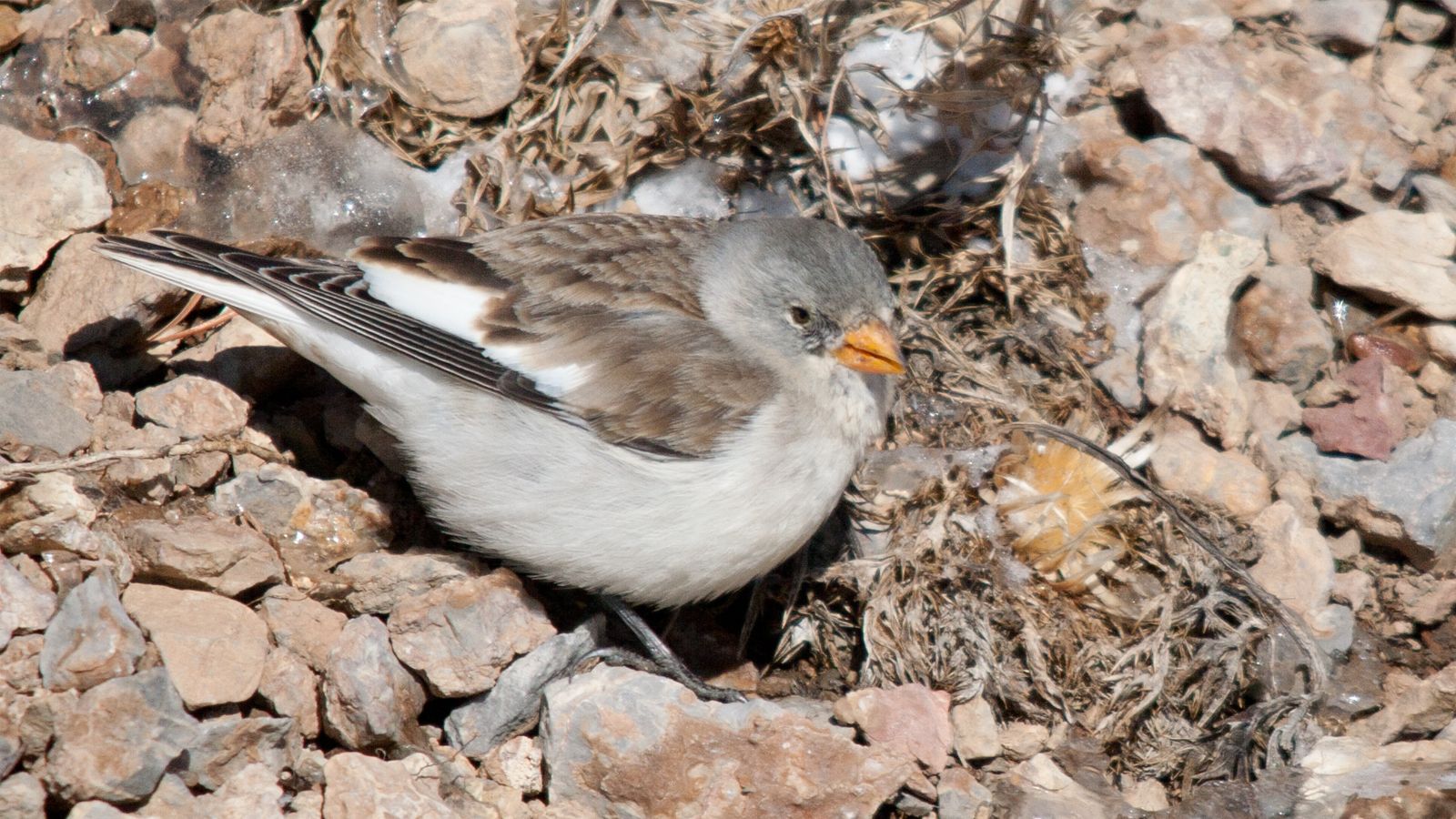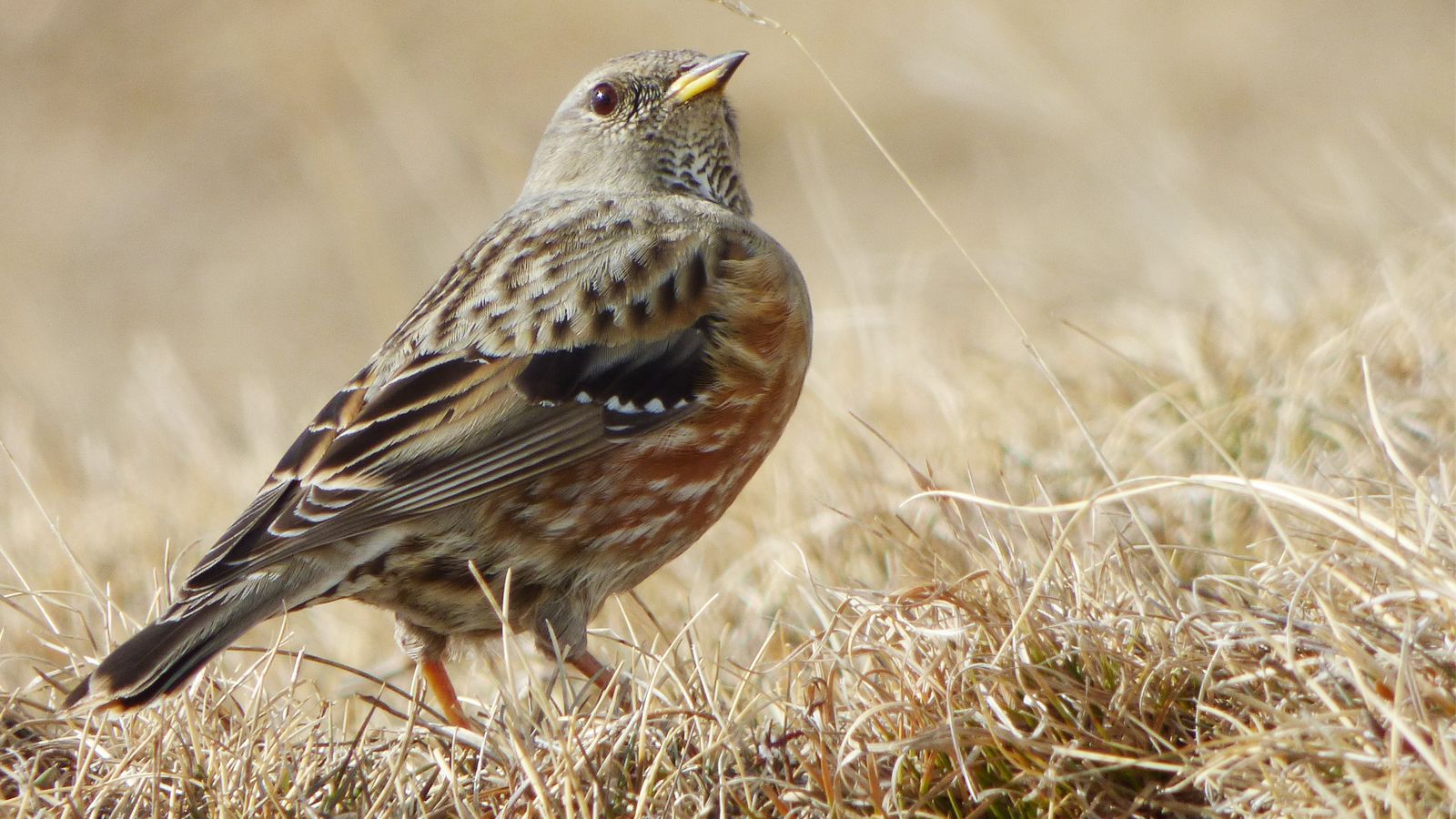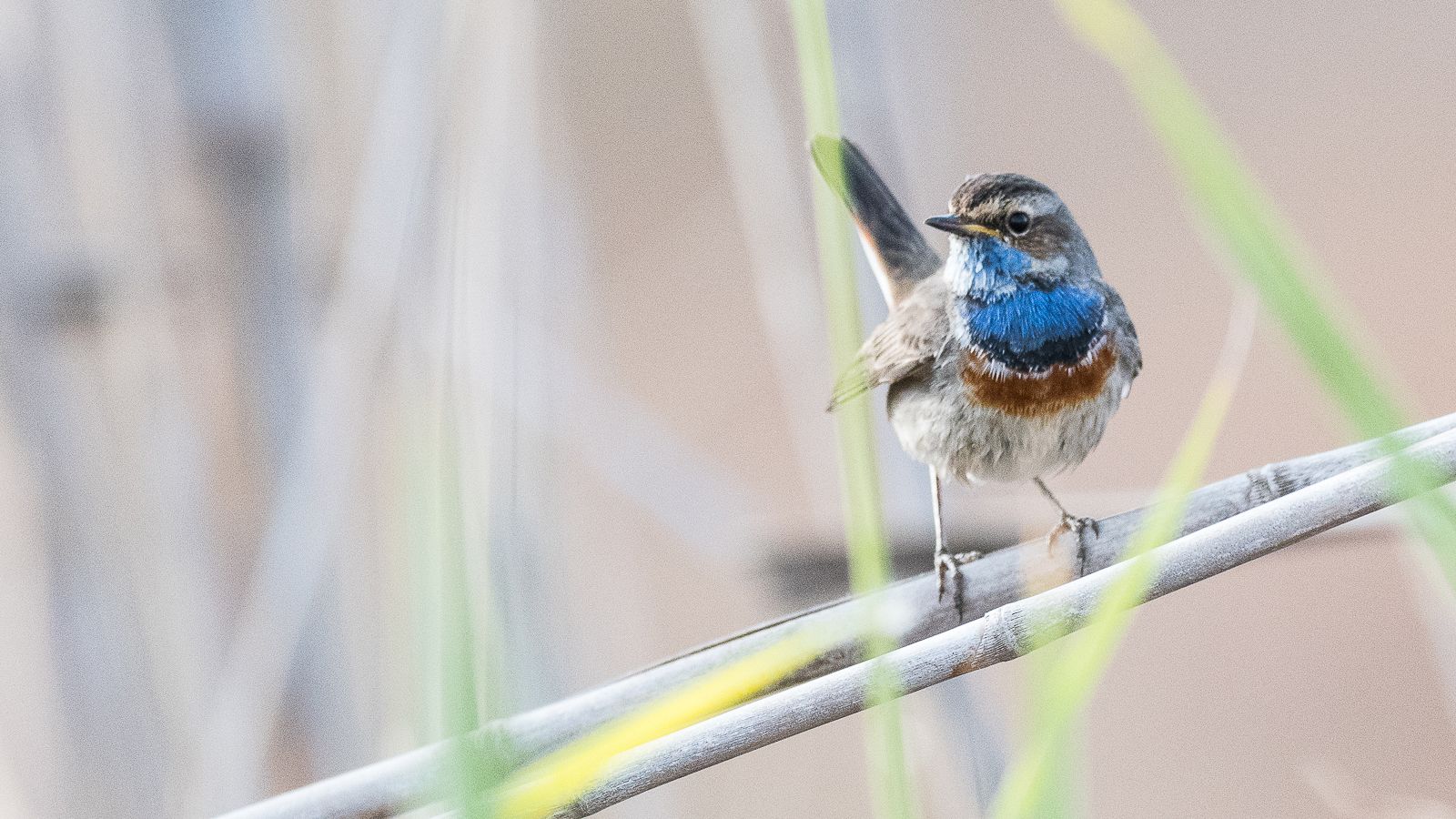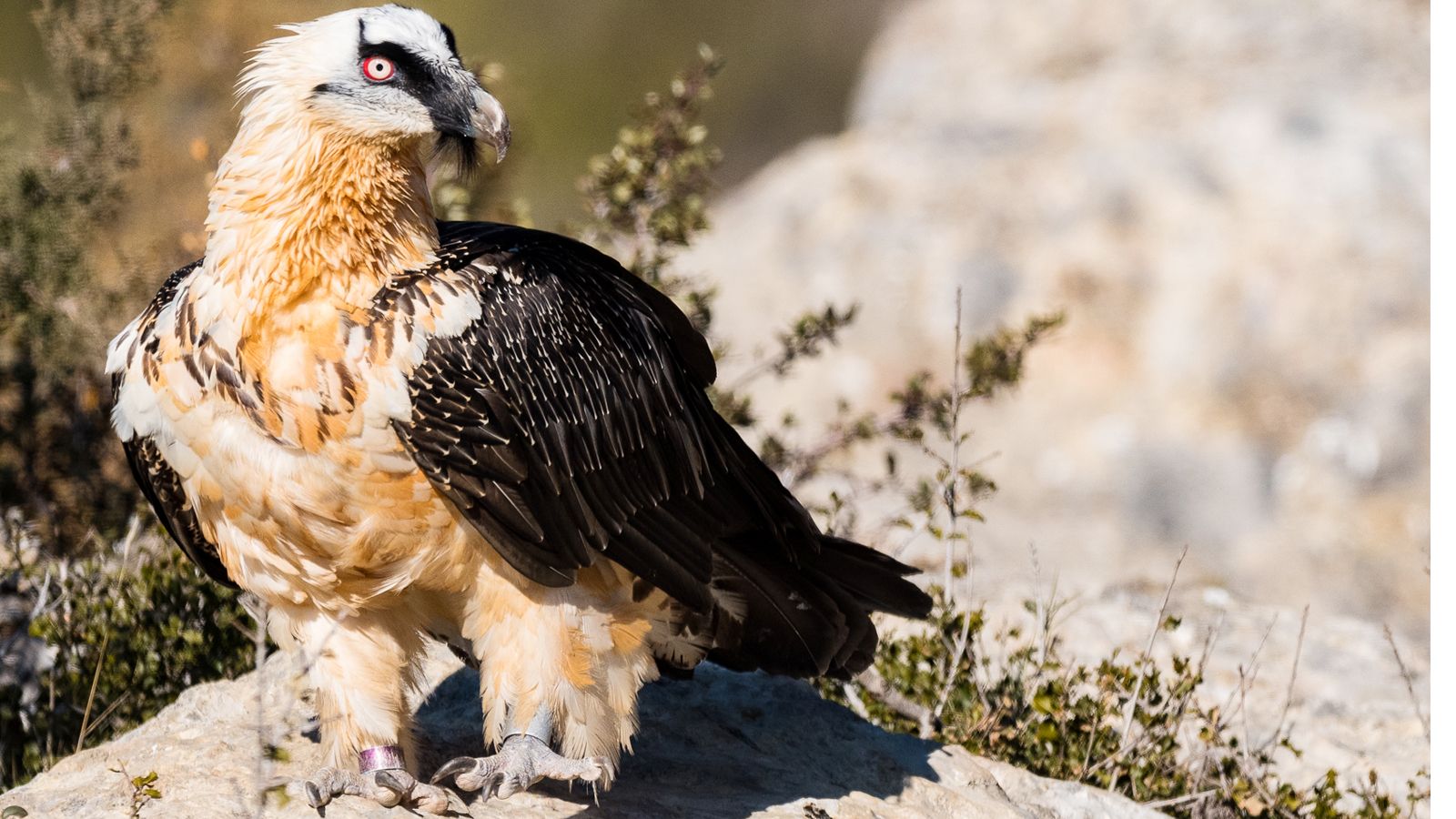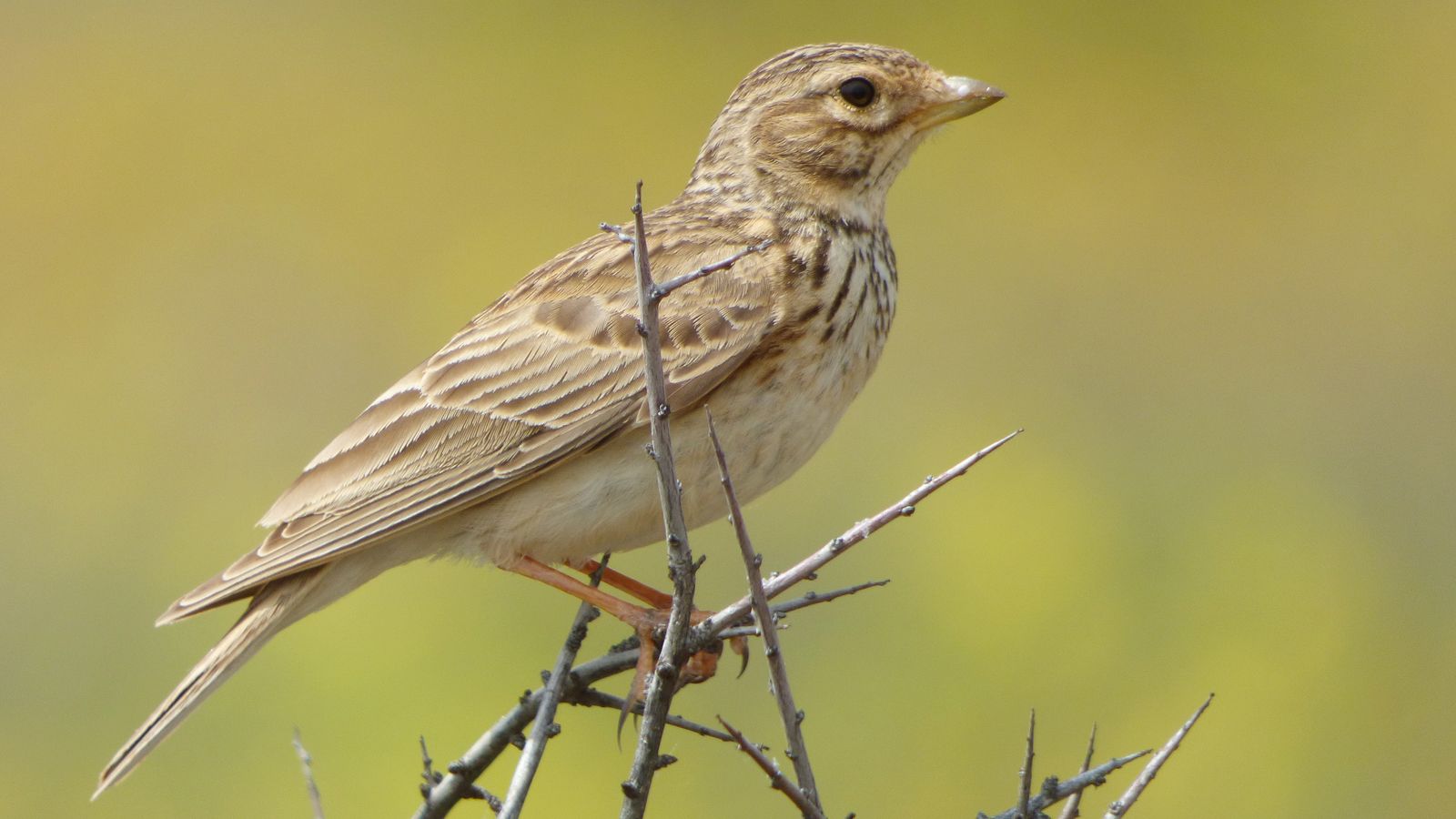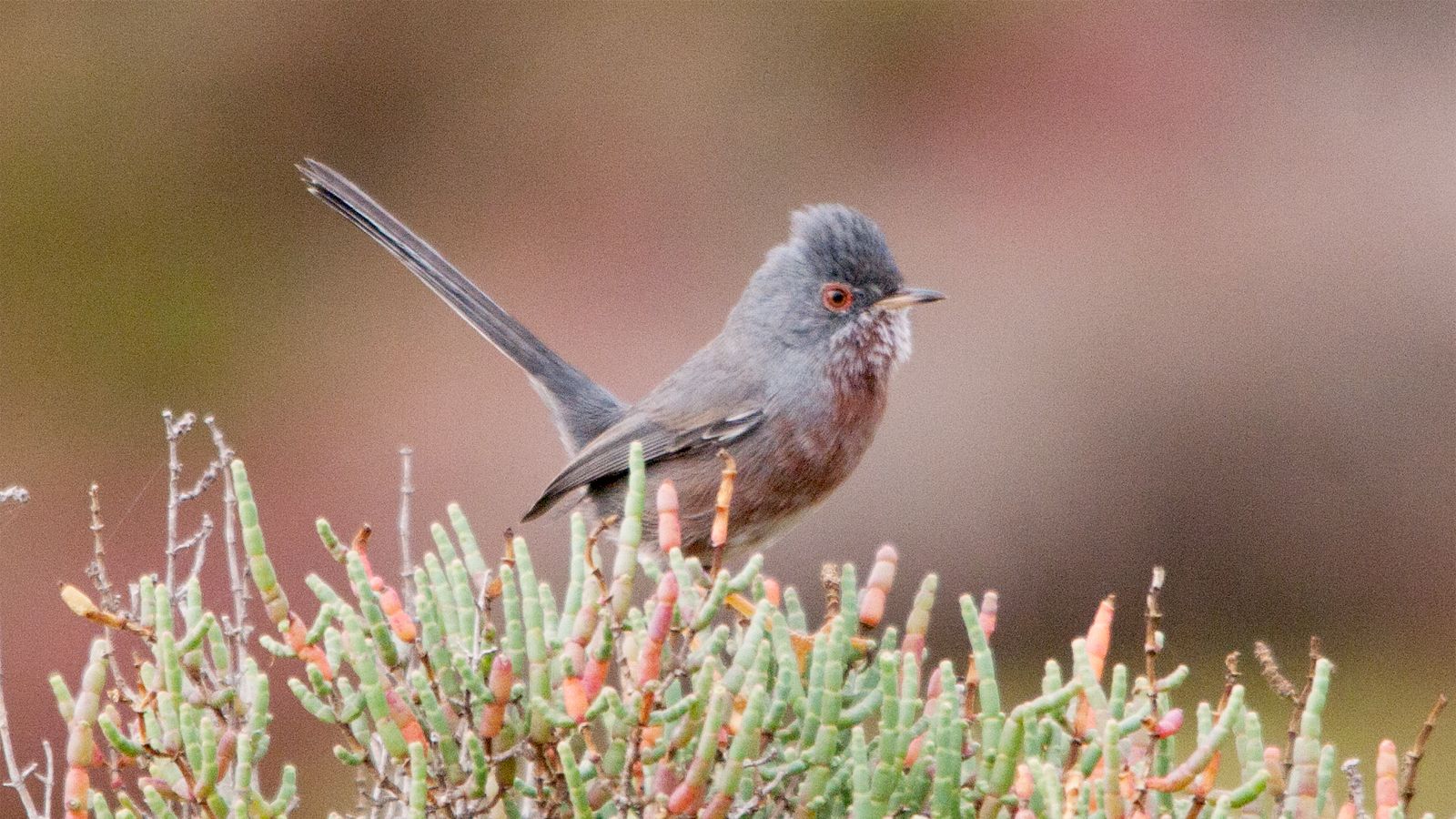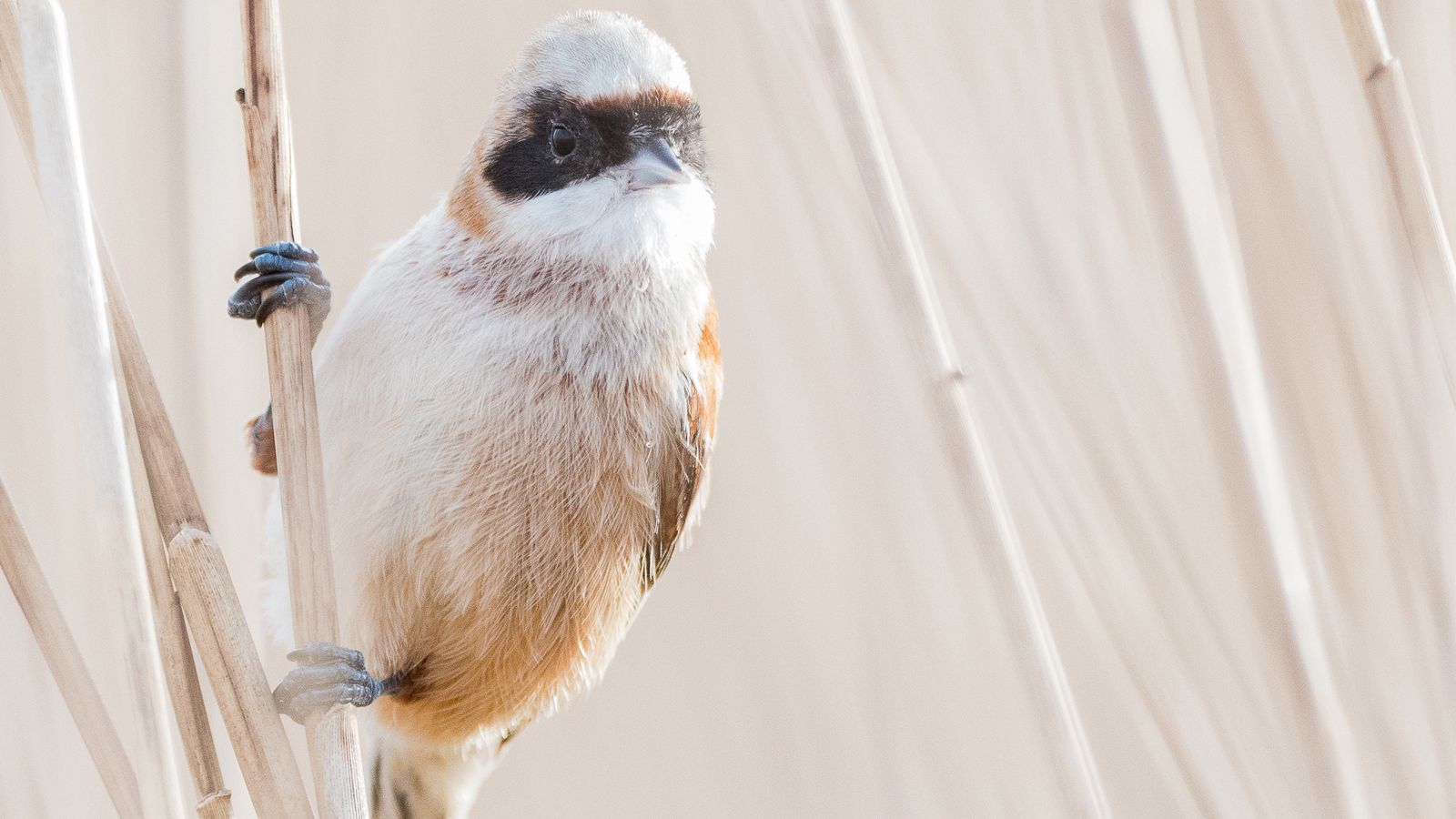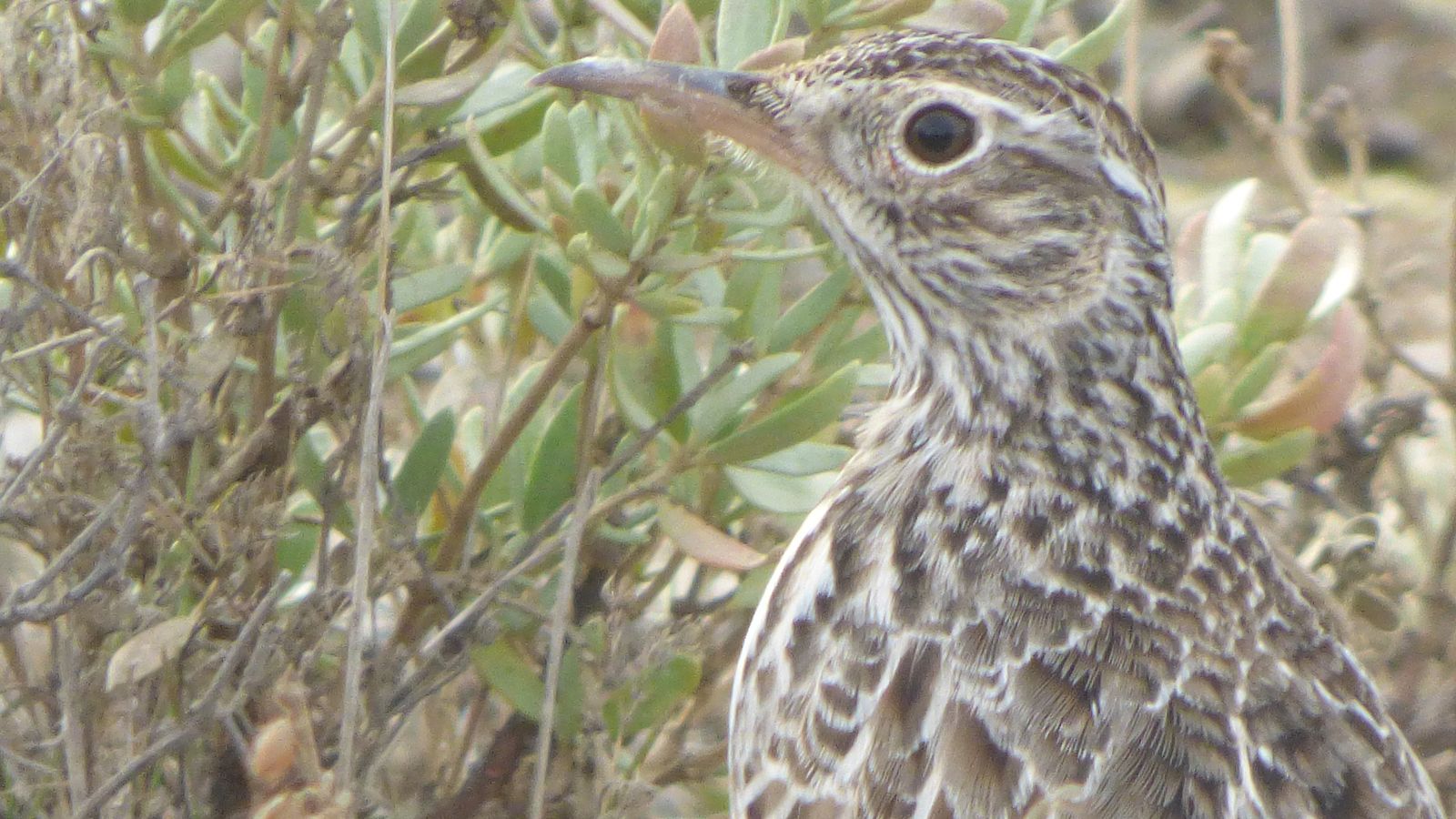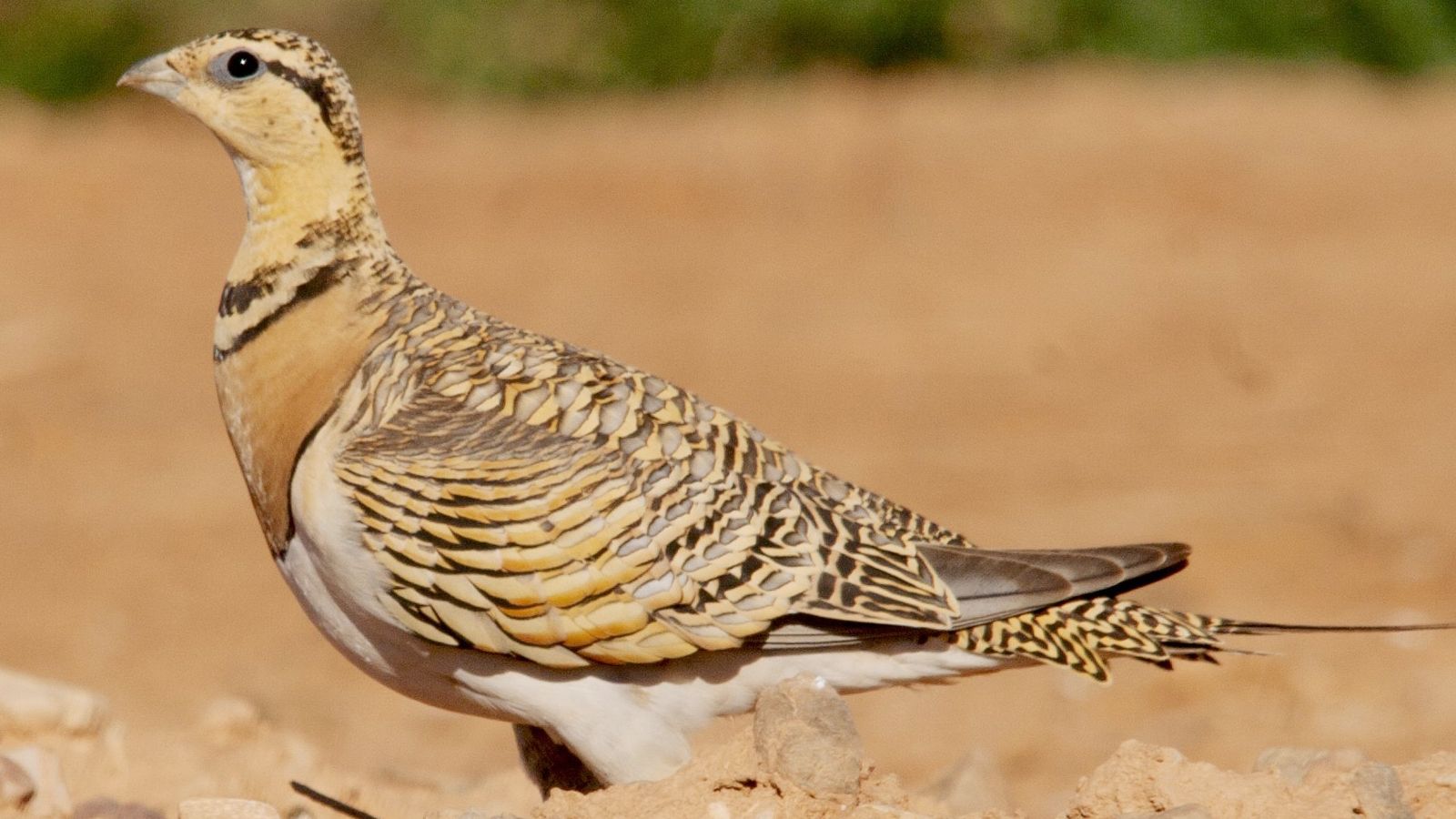Pyrenees Winter Break



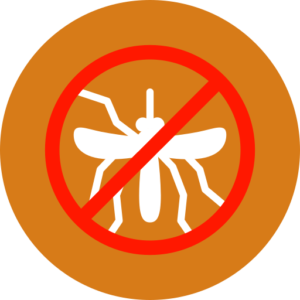
Overview
The Pyrenees, the massive range of mountains that divides the Iberian Peninsula from the rest of Europe, is also the second largest mountain range in the continent. The Pyrenees are divided between three countries, and while the Northern slopes belongs to France, the Southern are part of Spain, with the small but sovereign Principat d’Andorra in between. But this is also a place where historical nations keep alive: Catalans, Basques, Occitans and Aragoneses.
This is a land of dramatic landscapes, stone-walled villages, stunning valleys and great birding. Here we shall find iconic species, where hundreds of vultures can be seen in a single day, and a corner that every European birdwatcher dreams to visit once in search of marvels such as Wallcreeper, Lammergeier and the extremely elusive Dupont’s Lark.
The end of winter is a phantastic momment to explore the Pyrenees since that time combines all high mountain specialities with the start of the spring bird migration. In addition, some birds are starting to sing, being easier to locate them. That is the case of Moustached Warblers and Dupont’s Larks. Meanwhile, Bustards and Sandgrouses still keep their winter flocks.
Our journey shall start in Barcelona, the open-minded Catalan capital city. From here we will move Northwards in a short transfer to reach the mountains. Thanks to the good network of lanes, during the firsts days of the tour we will visit a number of valleys, gorges and high plateaus in search of White-winged Snow Finches, Alpine Accentors, Wallcreepers and Alpine Choughs. Along with them we will enjoy a full array of specialities, from European Crested Tit to Rock Bunting and Black Woodpecker. Always with an eye in the sky, since Lammergeiers, and even Cinereous Vultures, can appear at every momment. Our base during these days will be the Cerdanya shire, at the heart of the Catalan Pyrenees. This lovely valley, surrounded by high peaks, have preserved its Middle Age character including ancient Romanesque villages and bridges despite the increasing tourism. Eventually, we would get an incursion into Andorra in search of the highly nomadic Snow Finches and Citril Finches.
From the mighty Pyrenees, we shall descend Southwards to the Ebro Valley plains, into a landscape dominated by an extensive farming combined with small woodlands and open, untouched steppes. Here, the combination of drylands and wetlands both in Catalonia and Aragon will build up a wonderful list that will go from Great Bustard to Bluethroat, and from Black Wheatear to Moustached Warbler. At the of the trip we should have seen almost every species of Lark in Europe, all species of vultures in the continent and species in fast decrease such as Little Bustard.
Tour leader
First as an alpinist and later as a tour leader, Carles Oliver has been birdwatching these mountains (and plains) since he was a teenager. After ten years, he enjoys as much to guide people into these landscapes as always, especially when challenging species such as Dupont’s Lark and Wallcreeper come in the pack!
A book to hekp you understand the Pyrenees: “Black Bread” (2003) by Emili Teixidor (1932-2012). Adapted into cinema (2010) by Agustí Villaronga.
Pláning
Day 1. This day we will explore areas of the Pyrenees inmediatly North of Barcelona. Our main target will be to locate the highly nomadic White-winged Snow Finch. The area, close to the Andorran border, can host flocks of 100s but also be none of the them, being highly variable depending on the year, and the weather conditions. During the morning we will have good chances for Alpine Chough, Alpine Accentor, Lammergeier, Rock Bunting, Common Crossbill, European Crested Tit and Black Woodpecker. Wallcreeper is also possible in the area so we will scan also for it.
After a stop for lunch we will have explore areas noted for Dipper, Common Rock Sparrow, Cirl Bunting and Yellowhammer in corners where they normally gather in big flocks. Bramblings and Hawfinches may be also present nearby, although their numbers are highly variable winter to winter.
Day 2. This day we will scan for Wallcreepers in a huge gorge, expecting to have good views in this amazing bird. If weather allows we will have a pic-nic in some view points where it is possible to see Lammergeiers as well as Black and Griffon Vultures all together. Golden Eagle is also possible along with Cirl Bunting, Hawfinch, Woodlark and Dartford Warbler may be around as well.
In the afternoon we will spend some time in a rocky area with some open forest where we can expect to see Lammergeier, Blue Rock Thrush, Eurasian Crag Martin, European Serin, Iberian Green Woodpecker, Sardinian Warbler and, if lucky, Citril Finch.
Day 3. Early weak up in the mountains. We will spend some time in high mountain coniferous forests looking for Black Woodpecker, Citril Finch, Common Crossbill, Eurasian Bullfinch, Short-toed Treecreeper and Firecrest. The area may host some overwintering Ring Ouzels. Not far we have some areas potentially good for Snow Finches, and we may have Another chance for this species, if necessary. Before midday we will do a short transfer to the plains.
In the afternoon we will go to a wetland where we will look for Bluethroat, Water Pipit, Western Swamphen, Penduline Tit and, if lucky, Moustached Warbler.
The area hosts large numbers of ducks but also Common & Jack Snipe, Green Sandpiper and White Storks along with migratory flocks of Common Crane!
Day 4. We will spend this day in the steppes. During the morning we will look for Little Bustards, Pin-tailed Sandgrouses and Black-bellied Sandgrouses. Larks will be common around us, expecting to have have good views on Crested, Thekla and Calandra Larks. Still, espectations will be at its peak when searching for the iconic Dupont’s Lark. We will have good views, with a bit of luck! After a pic-nic we will spend most of the afternoon looking for Eurasian Eagle Owl nearby. Blue Rock Thrush, Rock Sparrow, Black Wheatear and Iberian Green Woodpecker should all appear there.
Day 5. Last day of the trip. We will spend the morning looking for Great Bustards, a wonderful bird. For this we will go to the neightbouring Spanish region of Aragón, where a small population occurs. Here we will also have big flocks of Red-billed Chough and good options for Eurasian Stone Curlew, Golden Eagle and Lesser Short-toed Lark. Flocks of Sandgrouses also move around the area and Little Owls and Iberian Grey Shrikes are common.
At midday we will stop in a pair of wetlands that can produce Red-crested Pochard, White Stork, Bluethroat and flocks of Common Cranes. After midday final transfer to Barcelona
Información adicional
WHAT’S INCLUDED
4 nights of accommodation in twin/double room, breakfasts, lunches and evening meals, birding guides, ground transport, reserve entrances fees and travel insurace. All prices include VAT.
NOT INCLUDED
International flights to/from Barcelona, alcoholic drinks, any other item not listed as “INCLUDED”
ACCOMMODATION
Two nights in Casa Rural Gramuntill or similar. This totally restored XVII century house offers really good rooms and excellent home made food in an impresive landscape and quiet location. Two nights in Cal Monic, an impressive accommodation offering high standing accommodation and really good breakfasts. All rooms are en suite. Lunches will combine picnics with set menus en route, depending on weather conditions.
WEATHER
Winter can be cold, especially up in the Pyrenees. For sure we will have snow up in the Pyrenees so it is important to keep this in mind when clothing. Temperatures can be arund 10ºC. In the steppes can be windy and colder than in the mountains. Still, you can expect sunny days!
PASSPORT, VISA & HEALTH
Citizens within Schengen area are not required for any Passport. Visas are not required for any UK, US nor Canadian citizens. All Passports must have 6 months validity beyond the return date. We recommend you to contact your local health authorities to get updated information before travel.
Reportes de viaje:

2020 Tour Report (+ extension to Ebro Delta)
Dates: February 6th to 11th, 2020
Number of species seen: 189
Pyrenees Winter Break (+ Ebro Delta), 2020 Trip Report

2018 Tour Report
Dates: February 13th to 16th, 2018
Number of species seen: 151
Pyrenees Winter Break, 2018 Trip Report
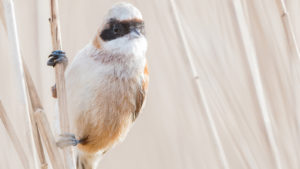
2012 Tour Report (+ extension to Ebro Delta)
Dates: December 10th to 16th, 2012
Number of species seen: 158
Pyrenees Winter Break, 2012 Trip Report

Precio

Por persona
Suplemento habitación individual:
250€

Depósito:
400€


Próximas Ediciones:
Data inici:
Data fi:

Duración:

Tamaño de grupo:

Inicio/Final:

Tour Leader:




